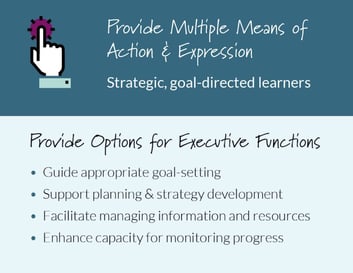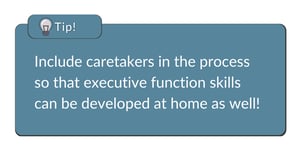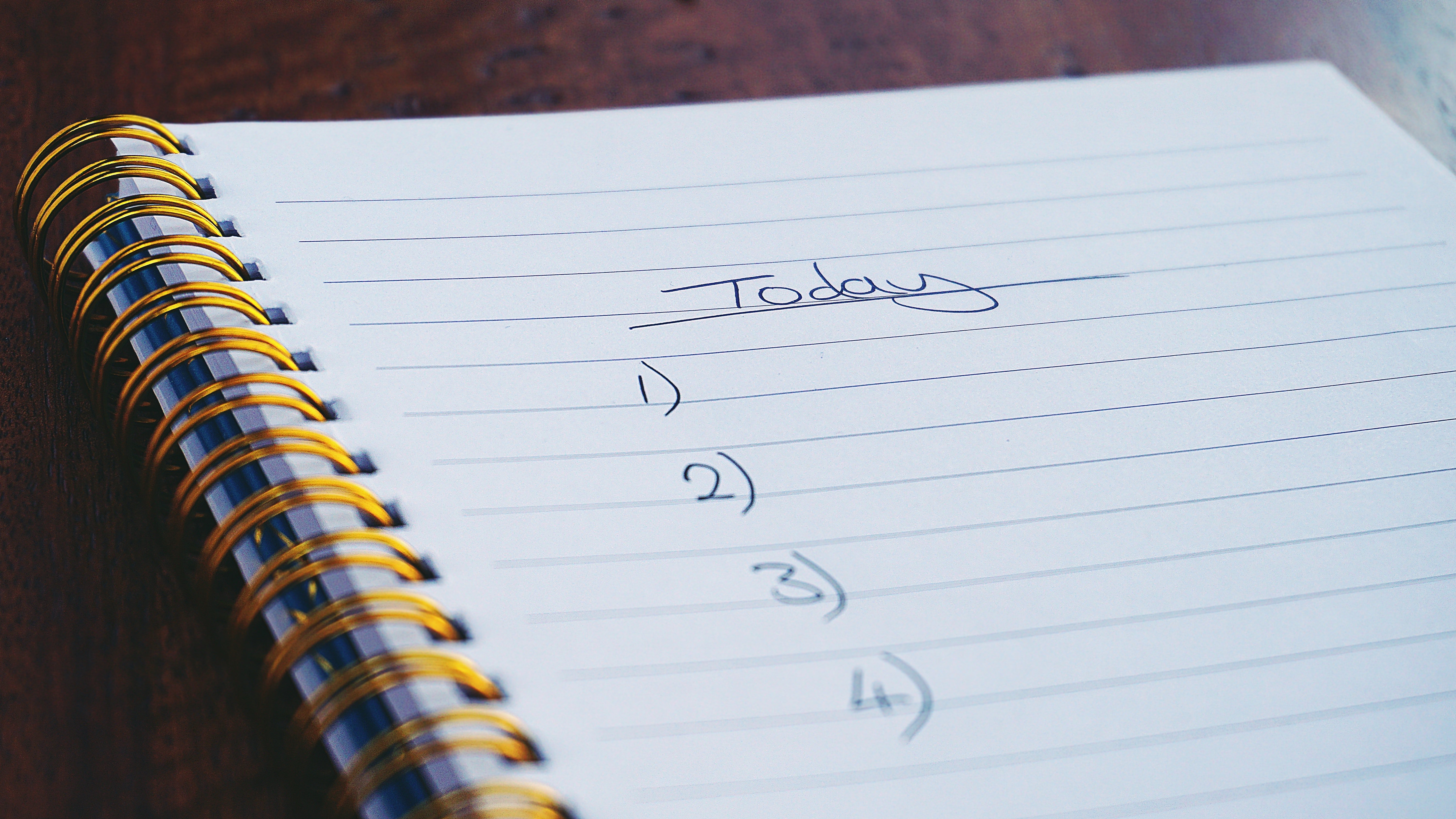I taught video production in a technical college after years of being in the industry. Quality work and meeting deadlines were a big deal. I told my students that doing quality work and meeting their deadlines was a critical skill that they had to master if they were going to succeed in the video industry (and in the program). Many students were good at one or the other but not both so we gave students lots of help and support to improve their abilities, manage their time better, and improve their skills so that they could meet their deadlines with quality work. Part of that process was the creation of a production schedule. Students were asked to create one by working backward from the deadline and following it. It was pretty amazing how some students took to this and others did not. There were multiple students who did the work of creating the schedule but did not follow it and ended up cramming a lot of work in at the last minute to meet the deadline. The quality of the work suffered, and the work turned in had multiple errors that couldn’t be fixed because there was no time left for correction. All of these students could have fixed the problems if they had followed the production schedule and left themselves time to do the work. What was missing was executive function skills. 
As it turns out, these “skills” are built into Universal Design for Learning. The third principle of UDL is to Provide Options for Action and Expression. The third guideline in this principle is Provide Options for Executive Functions and the second and third checkpoints are Support Planning and Strategy Development and Facilitate Managing Information and Resources. Executive function is “the group of complex mental processes and cognitive abilities (such as working memory, impulse inhibition, and reasoning) that control the skills (such as organizing tasks, remembering details, managing time, and solving problems) required for goal-directed behavior (Webster)”. School may be one of the best examples of “goal-directed behavior” but just about all human activity requires it, from sports to work. There are many ways that you can help your students improve their executive functions by following the checkpoints within the UDL Guidelines, but calendar-based planners and checklists are the most common and easiest tools that students can use to plan, organize and manage themselves and the information that they need to use.

Project maps, calendars, planners, and checklists are organizational tools that require executive function to start, maintain and complete. Once learned, they help you and your students manage time, develop a plan or develop a strategy. There is no “one-size-fits-all” solution for teaching executive function so you want to offer options to your students so they can find the best way for them to learn the skills.
Project Maps
A project map (or process map) is a sequential visual that “maps” all of the steps that are necessary for a project to be completed. It includes options for completion as well. In the video industry, it is a list that goes from the advent of the program idea through the delivery of the completed program. For a school project, it can be a simple linear plan to go from the first idea to the final draft like the graphic below.
The goal of the project map is to show the steps that the student needs to take to complete a program. Knowing the steps is the foundation for planning a successful final project. The steps from the map can be added to a calendar or become a checklist. The students can be partners in the creation of a map too!
Calendars/Planners
Calendars are everywhere as schools seem to run on a schedule for everything! This lesson has to be completed by this date. This project by this date. The basketball team has a game on this date. Testing has to be completed by this date. PTA will meet on this date. You get the picture. The only way for everyone to keep track of it all is to use some form of a calendar and/or a planner. Many schools and districts publish daily/weekly/monthly calendars for some of this and many teachers post calendars for their key events in their classrooms. But, what about all of the assignments, projects, presentations, and homework? Many adults have problems handling this, how can a second grader?
Creating or following a calendar is not an intuitive skill. It is something that has to be taught and learned but it is a life skill that will serve everyone throughout their lives. Most planners are calendars with more room for details. So, start at the beginning.
- For PreK/Primary students, you have to think out loud to explain the process of waiting for a certain time or a certain day. Once students understand “yesterday, today, and tomorrow” and can tell time and follow a traditional calendar you can help them plan for all of the things that need to be done in their lives. Start by sharing the time schedule that you have for a lesson. “For the next ten minutes, we will….” and build from there. Once they understand how a day is planned and managed you can move on to weeks and months. I would suggest that you give all of your students at least one blank calendar or planner at the start of each month (or week if you prefer) and have them put each homework assignment on the calendar or planner. Be sure to give them a few choices for what it looks like and that you provide class time for them to update it.
- For Secondary students, you can share a class Google Calendar or have them all set up their own calendar (some research supports that paper calendars are a more effective tool for managing time, believe it or not, but they lack things like built-in reminders that can be useful for some learners). If students use an online calendar they can also set up notifications and alarms to help them meet any deadlines If your school allows it, you can have students set the calendar up on their phones.
Regardless of the calendar type or planner, the goal is to help the students develop the habit of adding things to the calendar and checking them before the due date.
Checklists
Checklists are great for helping students keep track of anything that has a process. A great starting point is to provide a checklist to your students for an assignment that is already filled out with tasks that need to be completed. Your checklist will model what to do and serve as an example for them to follow. Remember to explain your thinking as you review the checklist as it can model an important skill of planning. Next, you can give them a blank template to develop their own checklist with your guidance. Developing a checklist is a great discussion topic that supports planning and strategy development and the final checklist serves as a reminder of the process taken to complete the task. The checklist can be a “live” document that can be changed or modified as new details emerge or problems arise. Those modifications will support expert learning and the development of flexible thinking. Using checklists helps to support independence and self-reliance, instead of students coming to you to ask what to do next, they can refer to their checklist.
So, if you haven’t already, make a note in your planner, write an item in your calendar or create a checklist to show your students how to use these great tools for planning, staying organized, and on track so that they can get things done!
Learn tips and strategies for developing expert learners.
Resources:
- Provide options for executive functions - https://inclusive.tki.org.nz/guides/universal-design-for-learning/provide-options-for-executive-functions/
- Executive Function - https://www.rcoe.us/departments/educational-services/instructional-services/content-and-pedagogy-support/pedagogy/universal-design-for-learning/executive-function
- Executive Function - https://udlforteachers.com/category/principle-2/guideline-6/




